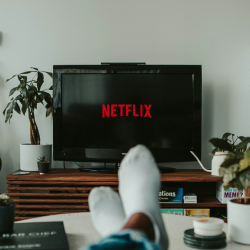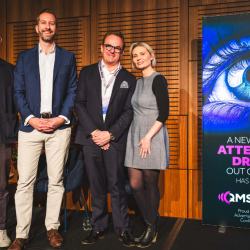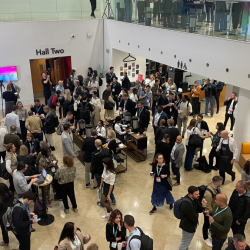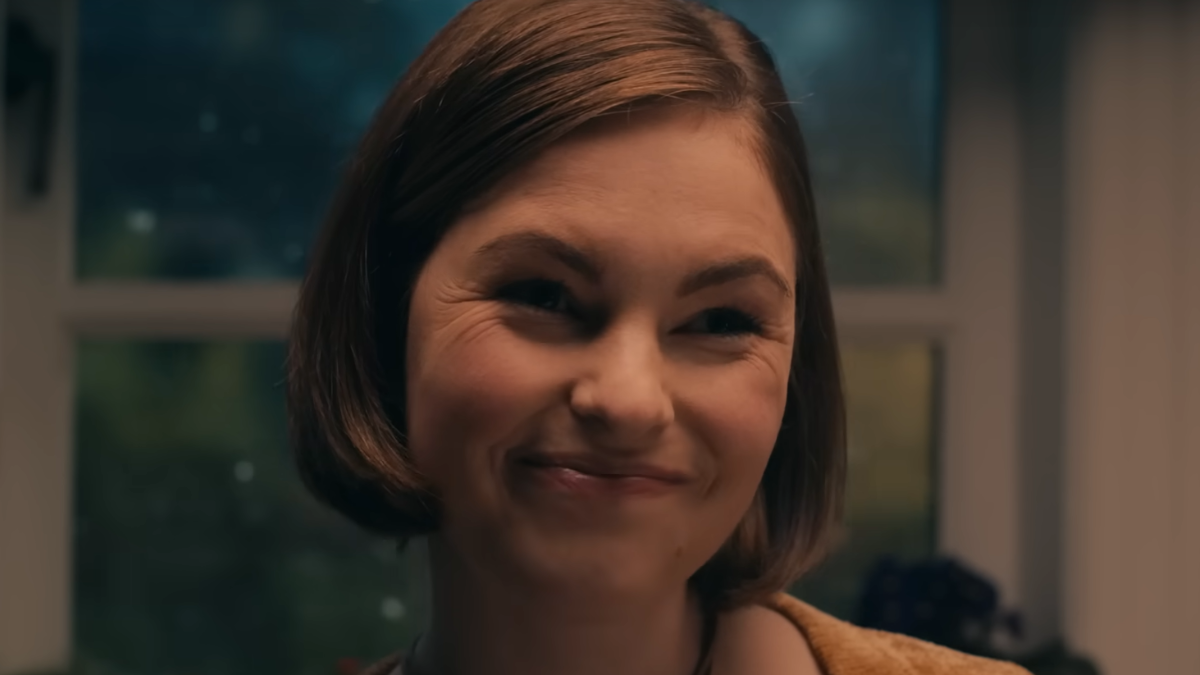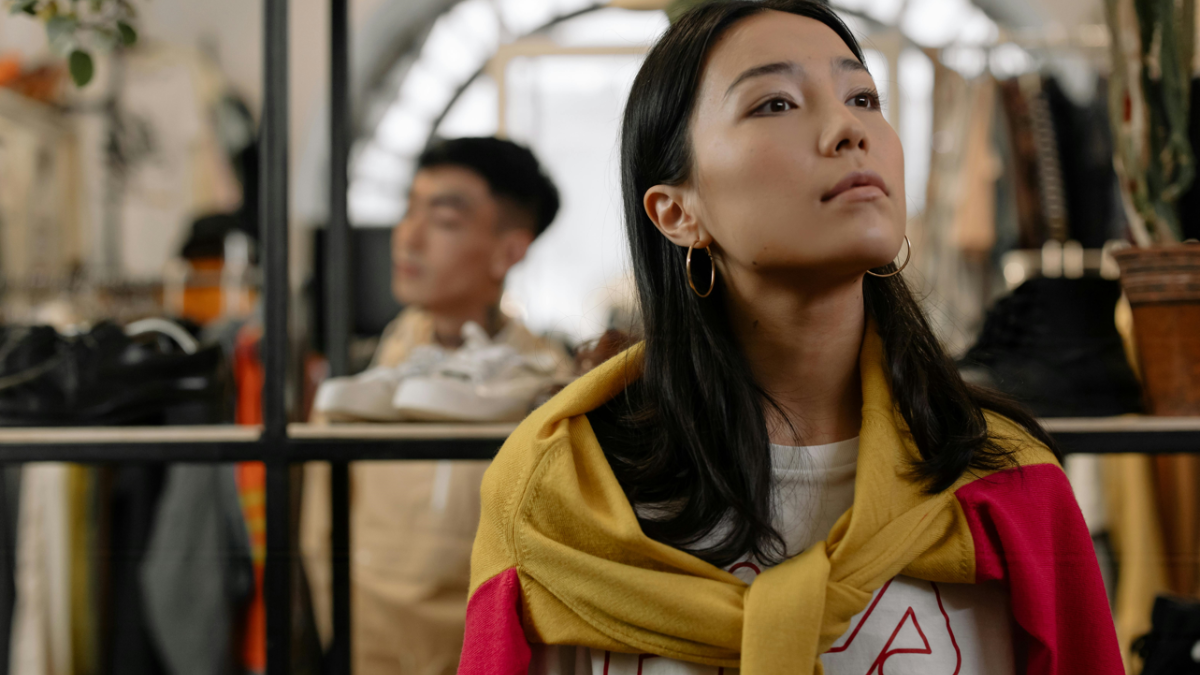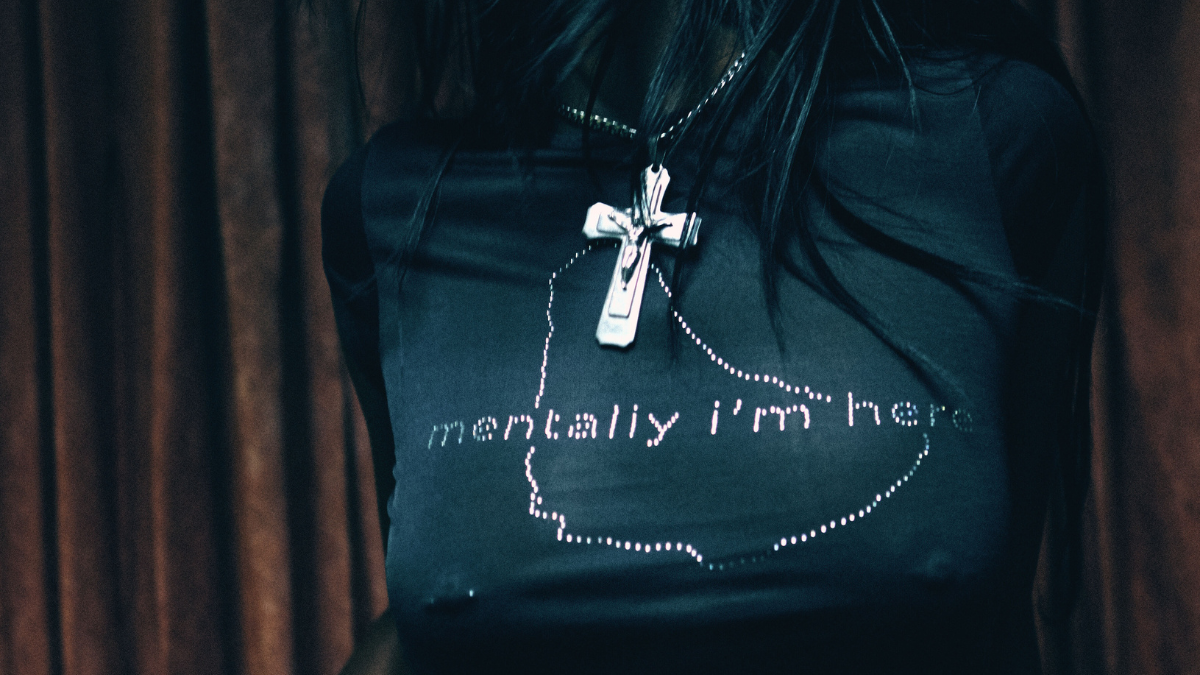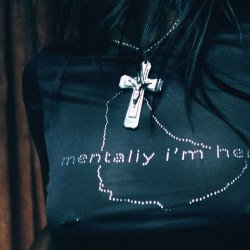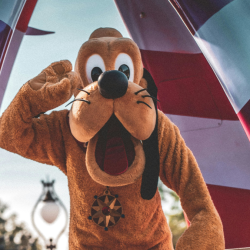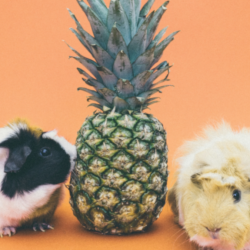Legacy. It’s one of those words — meaningful, weighty, slightly pompous.
It’s a word people with a reasonable amount of self-regard tend not to use. It’s a word that’s increasingly suspect, one that feels curiously inert for the times we live in.
We’re a generation that feels morally compelled to interrogate the past even as we’re mortally terrified of the future. We’ve grown up learning that the way in which one half of the world can live, compromises the capacity of the other half to live. Tote bags, premium carbon-neutral clothing brands, discounts for reusing cups at coffee shops — and a literal ticking clock that counts down the minutes to climate catastrophe — all come together to create an ecosystem that reminds us that the future is tenuous, perhaps irreparably so. The past offers little respite. There are violent wrongs to acknowledge, lessons to unlearn, changes we must make so that we can understand history honestly and disrupt deeply entrenched structural inequities.
What’s left is the present — a time to which we turn not because we’re masters of the art of mindfulness, but as a coping mechanism. We download apps to remind us to drink water and to exhale using our diaphragms, scrolling through slickly packaged posts that declare that the moment is all we have, and perhaps we’d like a hand-crafted ________ (insert product of choice) to go with it.
No wonder legacy feels static, removed from all the upheavals of everyday life. Perhaps legacy is a stately, distant manor on the hill — instinctively ignored and best dismantled.
It’s easy to dismiss legacy. Too easy, perhaps. Which is why I think we need to radically reimagine it.
I live in Mumbai, a city that is India’s financial and movie-making heart. To live in a dynamic, expanding megapolis in an emerging economy and former colonial ‘crown jewel’ is to encounter legacy as a living, breathing force, every single day. The streets Mumbaikars walk are an actual palimpsest — institutions and heritage precincts designed by British architects and built by Indian hands, incorporating local architectural flourishes and cheeky subversions of master plans — a minaret here, a peacock there, an unexpected monkey masquerading as a High Court judge. The structures themselves are reinvented as museums, flagship stores, corporate offices inhabited by citizens of global consumerist empires. The roads and intersections on which the buildings are located are almost always in the process of being renamed, local heroes and political heavyweights taking the place of colonial worthies. To take a ten minute stroll is to encounter legacies in conflict — who gets to rename and reclaim, and to what ends?
What do new legacies promise? Can they ever undo damage, or do they create a modernised version of it?
As in the streets, so in studios, where legacies are both in conflict and in conversation. Music, movies, design, fashion — remixing, remaking, reclaiming, reiterating have found new momentum. Stories of exploited plantation workers from the southern state of Tamil Nadu are the foundation for Enjoy Enjaami, a global hit that’s garnered half a billion views on YouTube. Enjoy Enjaami is an electric, breakthrough track that is equal parts R&B, hip hop and Oppari (a subgenre of Tamil folk music).
The song explores colonial exploitation, the everyday oppression of caste and the rhythms and cycles of nature. It’s proof of what’s possible when questions about privileged legacies meet celebrations of unsung legacies.
Then there’s RRR (2022), an unapologetically over-the-top piece of entertainment that made it to the Oscars and Golden Globes. It’s a fictionalised account of two friends turned revolutionaries who take on the British regime.
Celebrated and lauded abroad, the movie’s reimagining of history has also sparked political critique closer home — another example of how reinvention and reclaiming can set new wheels in motion.
Dialogues and debates about legacy seem to swell everywhere around me
It’s apparent in the mixed reception to Dior’s first-ever show in the country — equal parts exasperation for the beautiful-but-predictable Indian references and enthusiasm for the house’s long overdue celebration of Indian craftsmanship and techniques. We see it in the explosive appeal of locally crafted gins that showcase Indian ingenuity and flavours to a global audience. Contemporary G&Ts subvert the legacy of a drink originally invented by the East India Company’s military officers to ward off malaria. Micro-legacies are being articulated, seen, heard and felt — Instagram pages where students try to document the intricacies of sub-regional cuisines and their grandmothers’ long-forgotten recipes for pickles and pilafs are a particularly sweet example. For all the creative grappling with legacy, there’s also the corrosive politics of textbooks, of chapters taught and discarded, of attempts to forcibly disentangle multiple cultural and historical threads to make legacies more persuasive and compelling for those who like their pasts to be simple and futures to be attainable.
The way I see it, legacy is slippery, complicated, challenging; a potent force that shapes my life, that keeps destabilising the ground beneath my feet, whether I’m reading the news or ordering a cocktail. Legacy is a lens that constantly reminds of the ways in which people, histories and stories collide; of how new power struggles can play out on the same old fault lines.
Conventionally speaking, legacy is an individual preoccupation
What — if anything — do you seek to accomplish with the privilege, resources and time granted to you? This definition makes it easy to forget that legacy is very much a shared inheritance — equal parts mine, the local politician’s and the esteemed historian’s. How we reckon with this inheritance, how we question legacies, reinvent them, fight to expand them or to claim them as exclusively our own, will eventually amount to the collective contribution we make to our times.
Looked at this way, legacy is messy but meaningful — a connective endeavour, an energising (and exhausting) way of looking at the world and our place in it.
Featured image: A scene from Enjoy Enjaami music video


